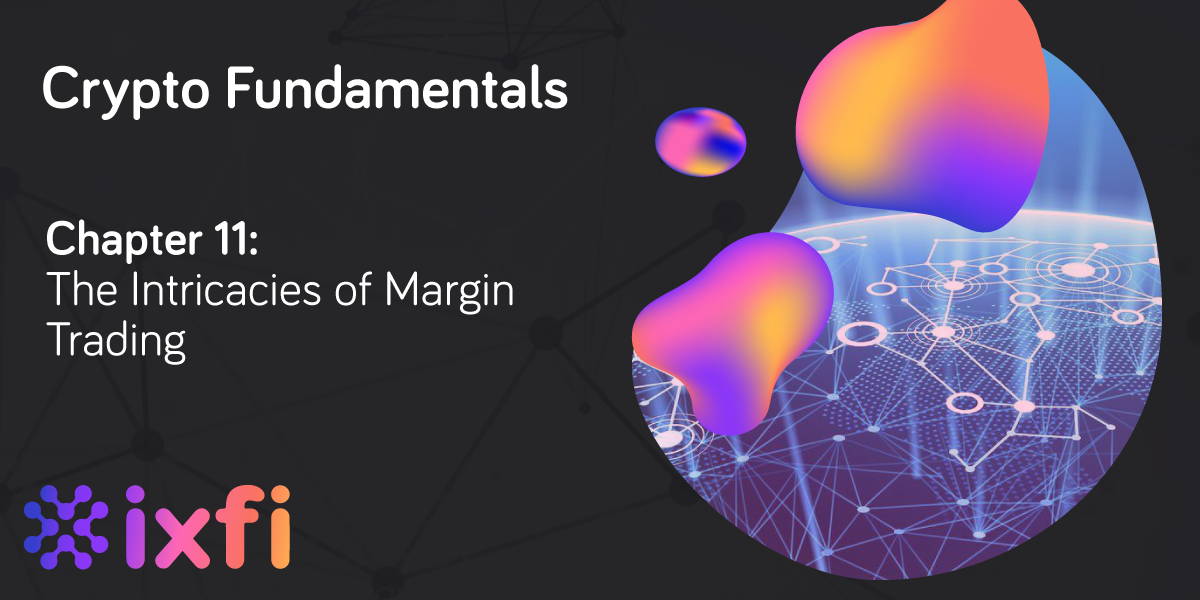Margin trading occurs when a trader buys an asset using a broker’s money by borrowing liquidity from an exchange. This is a way to use funds other than your own to trade assets — by relying on third-party funds.
For this type of trading, an additional account may be required, but that’s not necessarily the case. Margin trading allows traders to obtain more funds and helps them capitalize more on price fluctuations. After calculating a portfolio’s total funds, the traded asset works like a warranty for the loan in the broker’s eyes.
You might ask yourself: Why would anyone use other people’s money to trade when crypto’s golden rule is only to invest money you can afford to lose. This is appealing to some because the process is pretty simple, and profits can be significant if we’re right regarding the base asset’s price fluctuations. But consider that losses may be more meaningful if the calculations are not done correctly.
What does it take to open a Margin Account?
When applying for a margin account on your favorite trading platform, it’s necessary to deposit funds in advance for the broker — this is called minimum margin. This required margin represents the warranty we discussed earlier, assets that the broker can keep if the trader loses the bet and can’t recover their assets.
Then, once the margin account is open, another initial margin is required that represents a certain percentage of the total value predetermined by the broker. This is the step where new traders have to keep the following in mind: keep only the minimum margin on the account while trading, because someday, the price may be more volatile than anticipated, and a beginner who doesn’t calculate risk correctly can lose it all in a short time.
What position types are out there?
If you try to open a margin position, you will have two options: long or short. The choice depends on the exposure you want to get over the asset: a long position is taken if you think the asset’s price will grow. On the other hand, if the technical analysis leads the trader toward a short position, the bet is on for a price decrease — thus, the trader tries to capitalize on a price correction. Of course, nobody can accurately call the future price in advance. We can, however, observe, follow, analyze and speculate based on our knowledge.
What is the risk of Margin Trading?
Margin trading can offer a much greater profit than traditional spot trading, but the risk involved is also greater. Using margin, a trader amplifies the potential win and the loss and if the position is not correctly calculated, the broker can call the trader to fund the account in order to remain in the market. If the trader refuses to do so, he or she might lose the position and get liquidated. This situation is known as “margin call” or “forced liquidation”.
As mentioned above, the marginal cost of a position includes the funding rate for borrowed funds and fees for opening the position. As the chance of winning more increases, so does the opportunity to lose more. The maximum amount one can lose is:
· the initial margin used on a position, if isolated
· the whole account, if cross
The above is called liquidation price, and a trader can see it before and after opening a position on the exchange. This liquidation price is the level at which the broker automatically closes the whole position, so we can’t lose the funds that were lent to us — only our own money.
Now that you know more about trading with margin, you can make better decisions regarding your trades. For more insightful articles, keep up with our Crypto Fundamentals series on our blog. If you’re ready to take matters into your own hands, Your Friendly Crypto Exchange is here to help you with every step. Register on IXFI and see what crypto trading is all about.
Disclaimer: The content of this article is not investment advice and does not constitute an offer or solicitation to offer or recommendation of any investment product. It is for general purposes only and does not take into account your individual needs, investment objectives and specific financial and fiscal circumstances.
Although the material contained in this article was prepared based on information from public and private sources that IXFI believes to be reliable, no representation, warranty or undertaking, stated or implied, is given as to the accuracy of the information contained herein, and IXFI expressly disclaims any liability for the accuracy and completeness of the information contained in this article.
Investment involves risk; any ideas or strategies discussed herein should therefore not be undertaken by any individual without prior consultation with a financial professional for the purpose of assessing whether the ideas or strategies that are discussed are suitable to you based on your own personal financial and fiscal objectives, needs and risk tolerance. IXFI expressly disclaims any liability or loss incurred by any person who acts on the information, ideas or strategies discussed herein.



